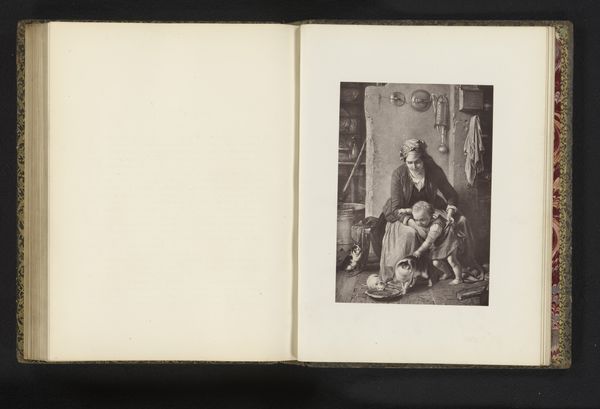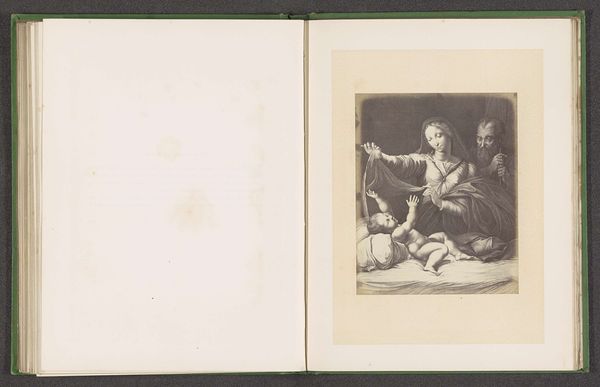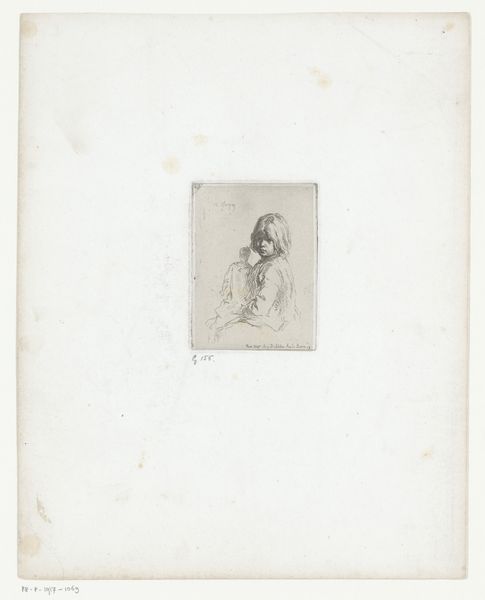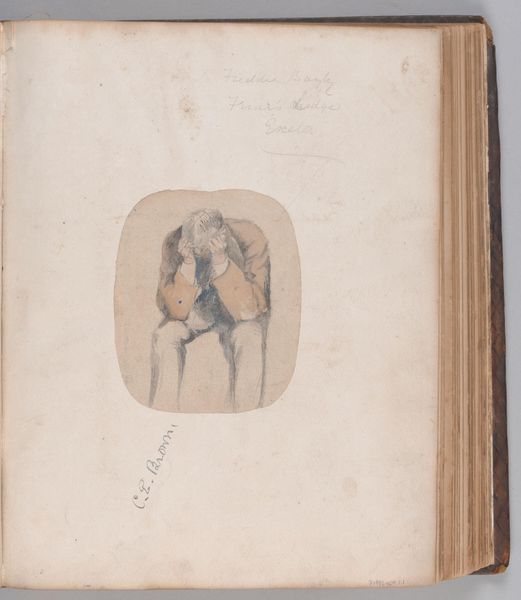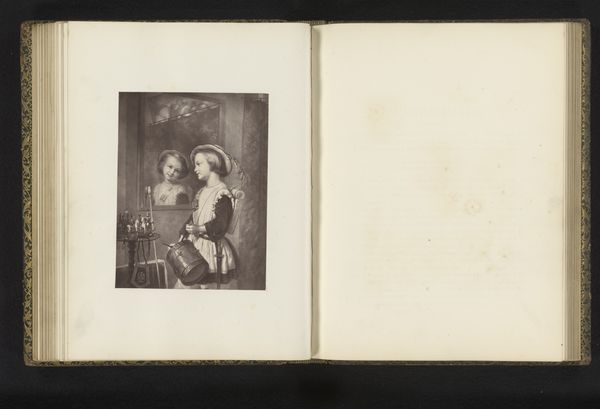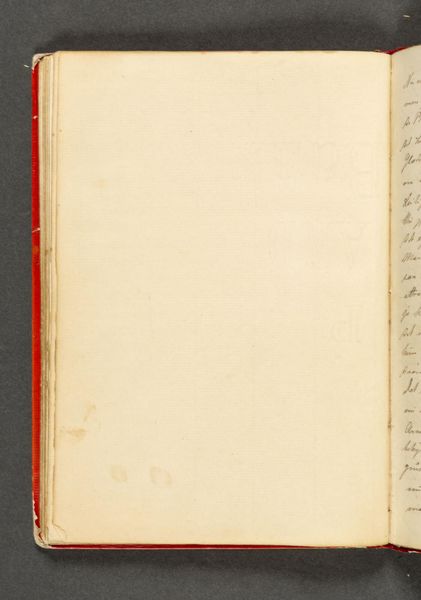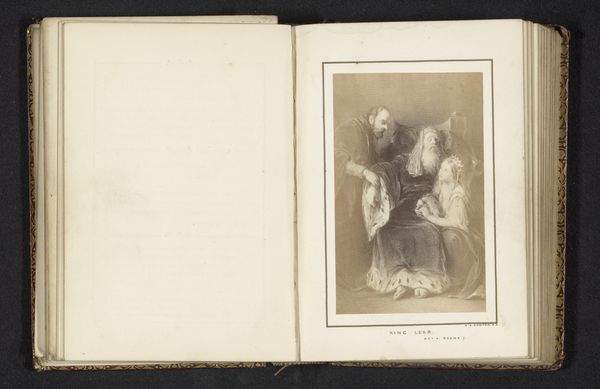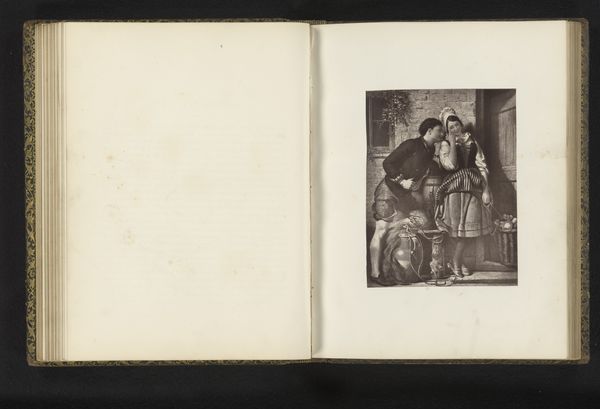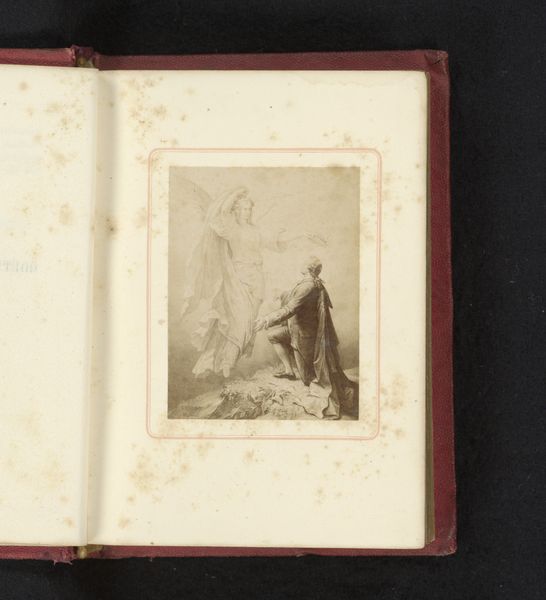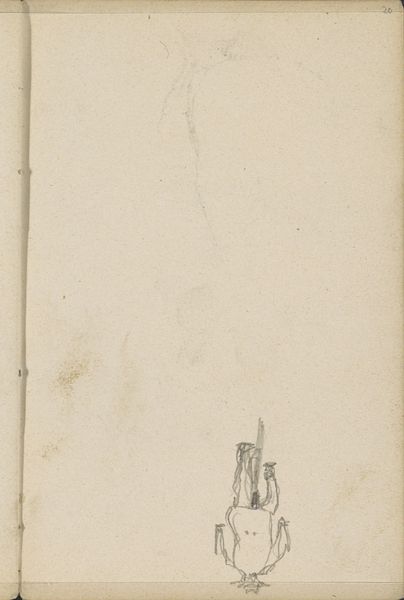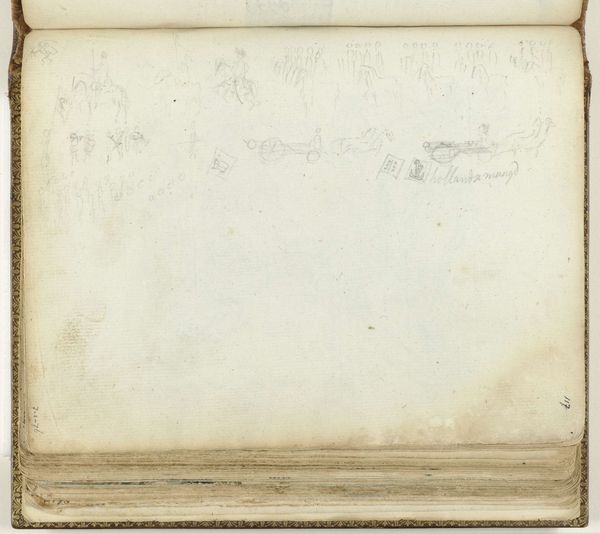
drawing, paper, watercolor, ink
#
portrait
#
drawing
#
baroque
#
dutch-golden-age
#
paper
#
watercolor
#
ink
#
intimism
#
coloured pencil
#
genre-painting
Dimensions: height 313 mm, width 204 mm
Copyright: Rijks Museum: Open Domain
Curator: I'm immediately struck by the almost casual intimacy of this watercolor. There’s something so delicate and unassuming about it. Editor: Indeed. What we’re looking at is "A Gentleman Kneeling Before a Lady," a drawing in ink and watercolor on paper by Gesina ter Borch, dating back to around 1654. It’s part of the Rijksmuseum collection. Curator: The way the light watercolor barely contains the figures really adds to this feeling of a fleeting, personal moment. It's less a formal portrait, and more like a stolen glance. Editor: It captures that 17th-century Dutch Golden Age interest in genre painting, though filtered through ter Borch's unique perspective as a woman artist within that historical context. Consider the social rituals surrounding courtship, and the power dynamics embedded in this visual language. Curator: Exactly. And there’s something fascinating about her choice to include a full page of calligraphy on the left. It looks like it has the texture of verse or lyric – words framing and possibly influencing the image of the man and woman, adding weight to that image of longing, or expectation… Editor: The inclusion of text is important. It was an age where images, especially those depicting social scenes, were often accompanied by written commentary, whether explicitly or implicitly. It helped to situate the viewer, guiding them toward a specific reading of the scene. And considering that ter Borch was from a family of artists and intellectuals, that page is probably deliberate – intended to inform, possibly satirize, the scene. Curator: You may well be right – although I lean more to the notion of genuine feeling and longing. The symbolic gestures – the fan, the sword, even their dress --feel archetypal rather than staged. She isn't simply depicting two figures; rather she shows archetypes from romance playing out against a blank emotional backdrop. It asks something profound from the viewer... Editor: And the institution's part of this drama, too. A piece like this acquired, cataloged, interpreted: It adds to ter Borch's legacy and challenges preconceived notions about female artistry and representation during this period. Curator: Precisely! Her artistic intention ripples outward through centuries. Editor: Agreed. I will certainly contemplate how context shapes every visual narrative a little more thoughtfully from now on.
Comments
No comments
Be the first to comment and join the conversation on the ultimate creative platform.

